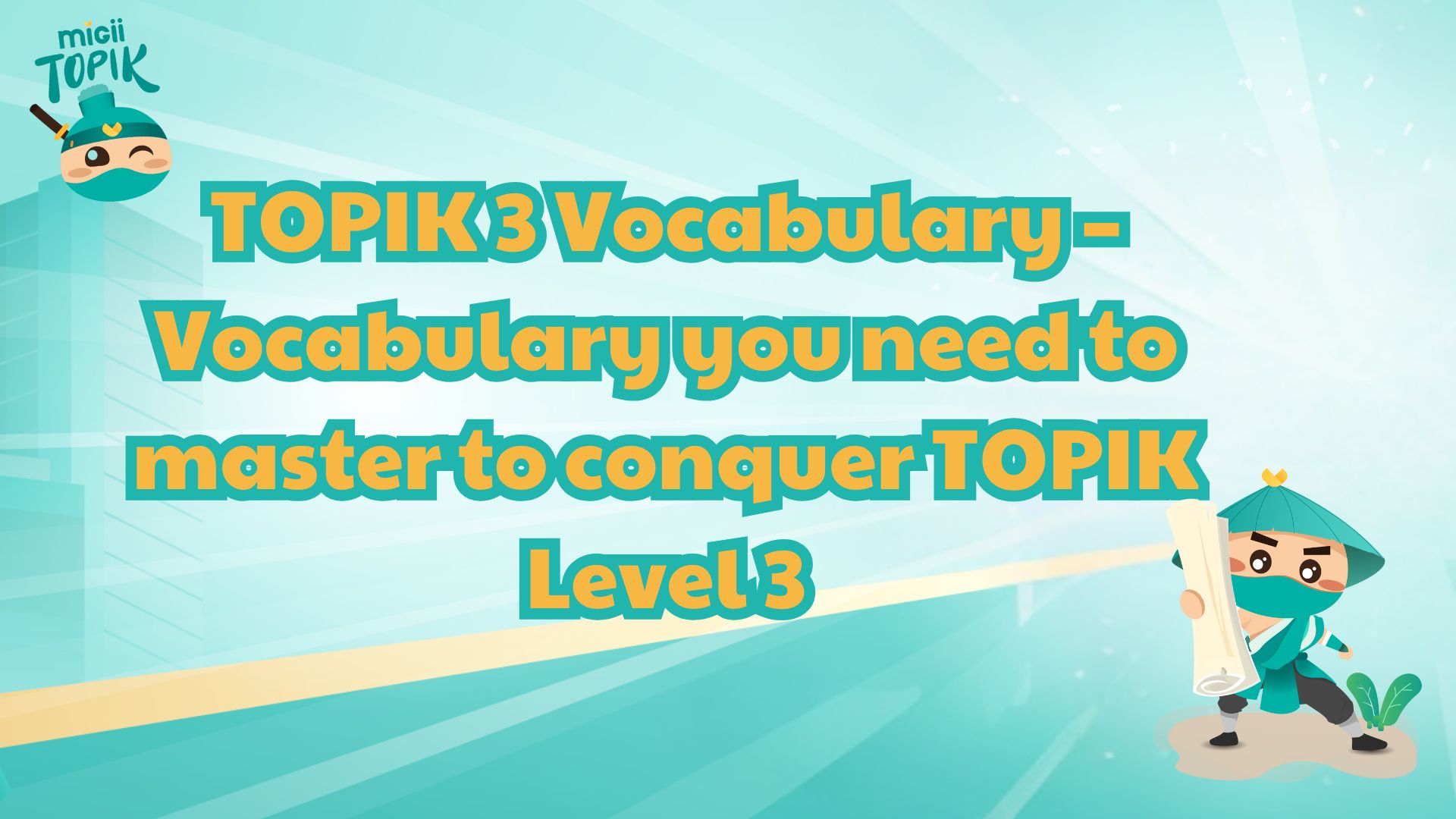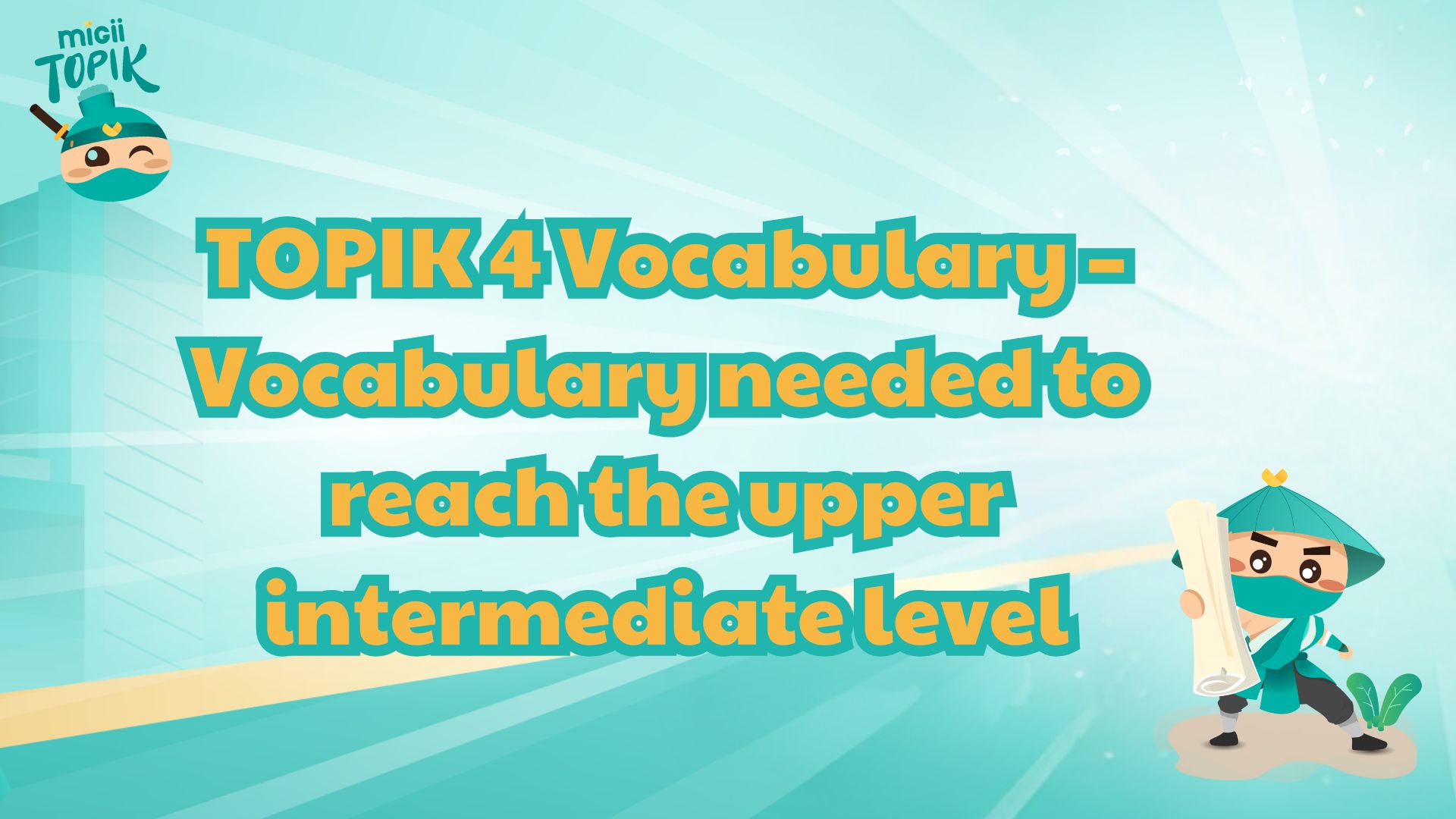The N1 is the most difficult level of the Japanese-Language Proficiency Test, requiring strong reading skills and an extensive kanji vocabulary. In this article, Migii helps you understand how many Kanji are needed for JLPT N1 and provides a complete, easy-to-use JLPT N1 kanji list PDF for efficient study.
JLPT N1 kanji list
How Many Kanji Do You Need for JLPT N1 and Why Is Kanji So Crucial?
One of the most common questions among learners preparing for the JLPT level 1 exam is: "How many kanji do I need to know for JLPT N1?" The short answer is around 2.000 to 2.500 characters. This includes the Jouyou Kanji (commonly used characters taught in Japanese schools) as well as a significant number of advanced-level kanji often found in academic texts, newspapers, professional documents, and literature.
However, that number should not overwhelm you. The key is not to memorize every single character from a massive list but rather to focus on the kanji that are most relevant to the exam. Here are the main groups you should prioritize:
- Kanji frequently used in JLPT N1 reading passages, especially abstract or academic vocabulary.
- Common compound kanji that have appeared in actual test questions, particularly in reading and vocabulary sections.
- Complex or easily confused kanji, and those with multiple readings (On'yomi and Kun'yomi), which often appear as trick questions.
In the JLPT N1, especially in the vocabulary (語彙) and reading (読解) sections, kanji plays a central role. Unlike lower levels, the N1 exam does not provide furigana (pronunciation guides), which means you must already know how to read and interpret each character in context. You will need to:
- Understand the nuanced meaning of kanji within full sentences or passages.
- Accurately distinguish between similar-looking characters.
- Memorize multiple readings of a single character depending on how it is used.
More importantly, learning JLPT level 1 kanji is not only about passing a test. When you can read and interpret complex kanji confidently, it dramatically expands your ability to engage with real-world Japanese, whether that means reading the news, understanding research papers or participating in professional discussions.
So if you are searching for a reliable JLPT level 1 kanji list or wondering how many kanji for JLPT N1 is enough, remember that it is not just about quantity. Focused and meaningful learning is what truly makes the difference.
JLPT N1 how many kanji
Download the Complete JLPT N1 Kanji List PDF Compiled by Migii
Studying kanji at the JLPT N1 level is a long journey that requires persistence and structure. With an overwhelming number of advanced characters, many of which have complex readings or are rarely used in daily conversation, it's easy to feel lost without a clear roadmap and reliable study materials. That’s why Migii has carefully curated a comprehensive, well-organized, and easy-to-use JLPT N1 kanji list PDF to help you save time and study more effectively.
Below are 3 highly rated resources tailored for serious learners aiming to pass the JLPT N1.
Migii JLPT N1 Kanji List with 1.000+ Essential Characters
This list is specifically designed for learners using the JLPT kanji list N1, focusing on the most frequently appearing kanji in actual exams. It is presented in a clear table format including:
- Kanji characters
- Meanings
This resource is suitable for both first-time N1 learners and those looking to review and consolidate. It also serves as a solid foundation for learning vocabulary and grammar in real-life contexts.
Download the PDF here:
Nihongo So-Matome N1 Kanji PDF
If you're self-studying and need a well-structured guide, this is a reliable choice. The book is organized by weekly study plans, with manageable daily lessons, making it ideal for intensive review or slow-paced learners who prefer digestible chunks of content.
- Closely aligned with the actual JLPT N1 exam structure
- Practice exercises based on real-world usage
- Easy to follow without being overwhelming
Download Nihongo So-Matome N1 Kanji PDF here:
Kanji for Advanced Level JLPT N1 PDF
This is a more in-depth resource for those looking to go beyond basic preparation. It is widely used in academic and professional environments in Japan.
- Contains over 2.000 advanced-level kanji relevant to the N1 exam.
- Includes practical examples across social, cultural, economic, and educational topics.
- Ideal for learners in specialized fields or those studying for JLPT N1 in a serious, structured manner.
Download Kanji for Advanced Level N1 PDF here:
JLPT N1 kanji PDF
You can also study N1-level Kanji theory through over 50 structured lessons prepared by Migii, designed to help you grasp complex characters step by step.
How to Study JLPT N1 Kanji Without Forgetting Right After?
Studying kanji for the JLPT N1 is a long journey that requires focus, the right methods, and the ability to connect what you learn with real-life context. At this level, it's no longer about memorizing characters in isolation. Instead, you need to build a deep, flexible and practical understanding of the language.
Study by Thematic Groups Instead of Random Lists
Rather than learning kanji in a scattered, unstructured way, try organizing them by topic. Common themes include society, politics, education, healthcare, economics, environment, technology, and everyday life. This is a method used in many advanced-level Japanese programs.
When you study kanji by theme, it's easier to understand the context in which they appear. For example, in a legal-related theme, you'll come across characters like 裁判 (trial), 違法 (illegal), and 罰則 (penalty).
These words often show up together in reading passages, especially in N1. Grouping kanji this way helps your brain form logical associations, improving both recall and reading fluency. You can spend a few days on each group and review with a mini test afterward.
Keep a Daily “Kanji Context Diary”
A highly effective way to retain kanji is to write a short daily journal in Japanese using the kanji you've recently studied. Each day, pick five to ten characters from the JLPT level 1 kanji list and create a short paragraph using at least three or four of them.
For example, if you just learned 譲歩 (concession), 圧倒 (overwhelm), and 促進 (promote), you can write a short reflection about a debate or summarize a piece of news that includes those terms.
Below your paragraph, write down the meanings of each kanji used and any relevant grammar points. This technique not only reinforces your memory but also improves your writing skills, which is especially useful for those planning to work or study in Japan.
Read Real Japanese Materials to Learn How Kanji Are Used
If you only study kanji through textbooks, your vocabulary will likely remain limited and overly formal. Try incorporating real Japanese reading materials into your routine, such as newspapers (NHK News Web Easy, Asahi Shimbun), novels, personal blogs, or non-fiction books. These sources show you how kanji are actually used in everyday life and specialized topics.
Each week, choose a few short articles to read. Highlight unknown kanji, look up their meanings, take notes and try writing example sentences. Focus on texts related to the themes you are studying.
After 2-3 weeks, you will begin to notice which kanji appear frequently. These are the high-frequency characters in the JLPT N1 exam and often found in resources like the JLPT N1 kanji list.
Study JLPT N1 kanji without forgetting right after
Additionally, you can practice JLPT Level N1 Kanji directly on our platform with interactive exercises designed to help you memorize faster and more effectively.
Conclusion
Mastering kanji at the JLPT N1 level requires not just effort but also a smart and strategic approach. By studying based on themes, writing in meaningful contexts and engaging with real-world Japanese materials, you can build stronger retention and a deeper understanding of how kanji functions in the language. To support your learning and help you prepare more effectively for the exam, be sure to download the complete JLPT N1 kanji list compiled by Migii JLPT.








